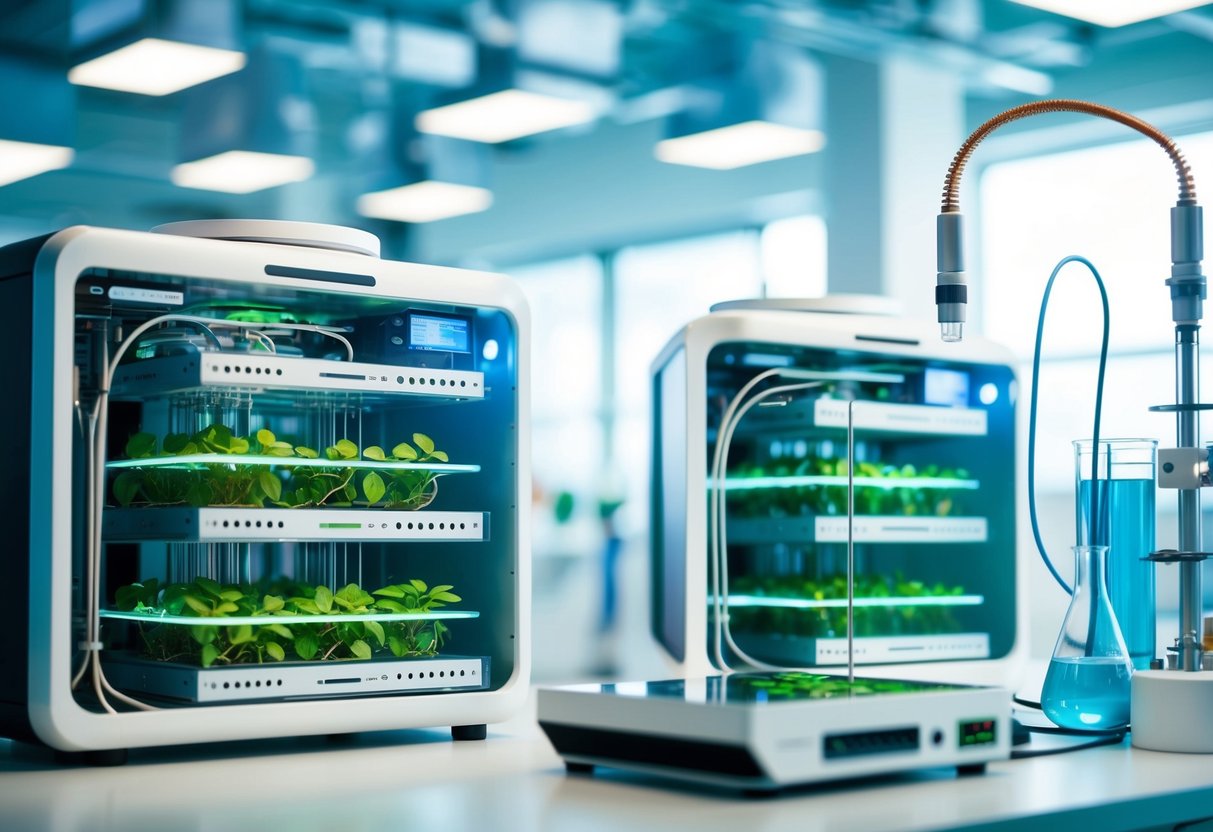
Environmental and Industrial Advances
Biocomputing is poised to transform both environmental and industrial sectors by harnessing biological processes for technological and ecological improvements. From the clean-up of pollutants to the integration of computing systems with natural ecosystems, advances in biological hardware present promising opportunities.
Bioremediation Through Biological Hardware
Biological hardware has shown significant potential in cleaning up contaminated environments. Bioremediation uses living organisms, such as microbes or plants, to neutralize or remove pollutants from a site. The advancement in genetic engineering and synthetic biology has led to the development of specialized organisms that can efficiently target specific contaminants.
These organisms can be programmed to detect and metabolize a variety of hazardous substances, such as heavy metals, oil spills, and pesticides. By breaking down harmful compounds into non-toxic substances, these bioengineered solutions offer a sustainable and cost-effective alternative to traditional remediation techniques. Research in environmental health sciences continues to optimize these biological systems, potentially revolutionizing how industrial sites manage waste.
Computing and Ecology Integration
The integration of computing technologies with ecological systems presents new possibilities for both conservation and industrial applications. Biological hardware, including bio-processing units that mimic ecological processes, allows for better monitoring of ecosystems. This biocomputing approach provides actionable data for environmental management, enhancing biodiversity monitoring, and ecosystem restoration efforts.
In industrial settings, computing integrated with ecology can optimize resource utilization, leading to more sustainable operations. For instance, systems inspired by natural biological processes can be applied to industrial production to reduce waste and energy consumption. These advancements contribute to the efficient and environmentally conscious use of resources, aligning industrial practices with ecological principles.
The Role of Journalism and Media
Biocomputing is an evolving field that requires clear communication and accurate reporting. Proper media coverage can play a crucial role in bringing scientific advancements to the general public, making complex topics more accessible. This section explores the significant aspects related to journalism’s impact on biocomputing.
Coverage of Biocomputing Breakthroughs
Journalism serves as a bridge between the scientific community and the public, offering insight into groundbreaking developments in biocomputing. Prominent publications like the Financial Times and various outlets in New York often highlight the latest advancements. By providing expert analysis, these articles can explain complex ideas in a way that resonates with a broader audience.
Journalists have a responsibility to verify sources and present well-researched content. Trusted journalism ensures the public receives accurate and relevant information, fostering confidence in new technologies. Continuous updates from the field are essential, enabling a deeper appreciation of how biocomputing might transform industries such as healthcare and data processing.
Translating Complexity for Public Understanding
Media plays a vital role in converting intricate biocomputing concepts into understandable narratives. By breaking down complex topics into relatable stories, journalism helps the public grasp cutting-edge technologies and their implications. This effort requires collaboration with scientists and experts to ensure correct portrayal of technological achievements without oversimplifying.
Effective communication includes using metaphorical language or everyday analogies to illustrate sophisticated subjects. Trusted journalism avoids excessive jargon, instead focusing on what these technologies mean for society. This approach helps bridge the knowledge gap, making biocomputing not just a distant scientific pursuit but a tangible aspect of future life.